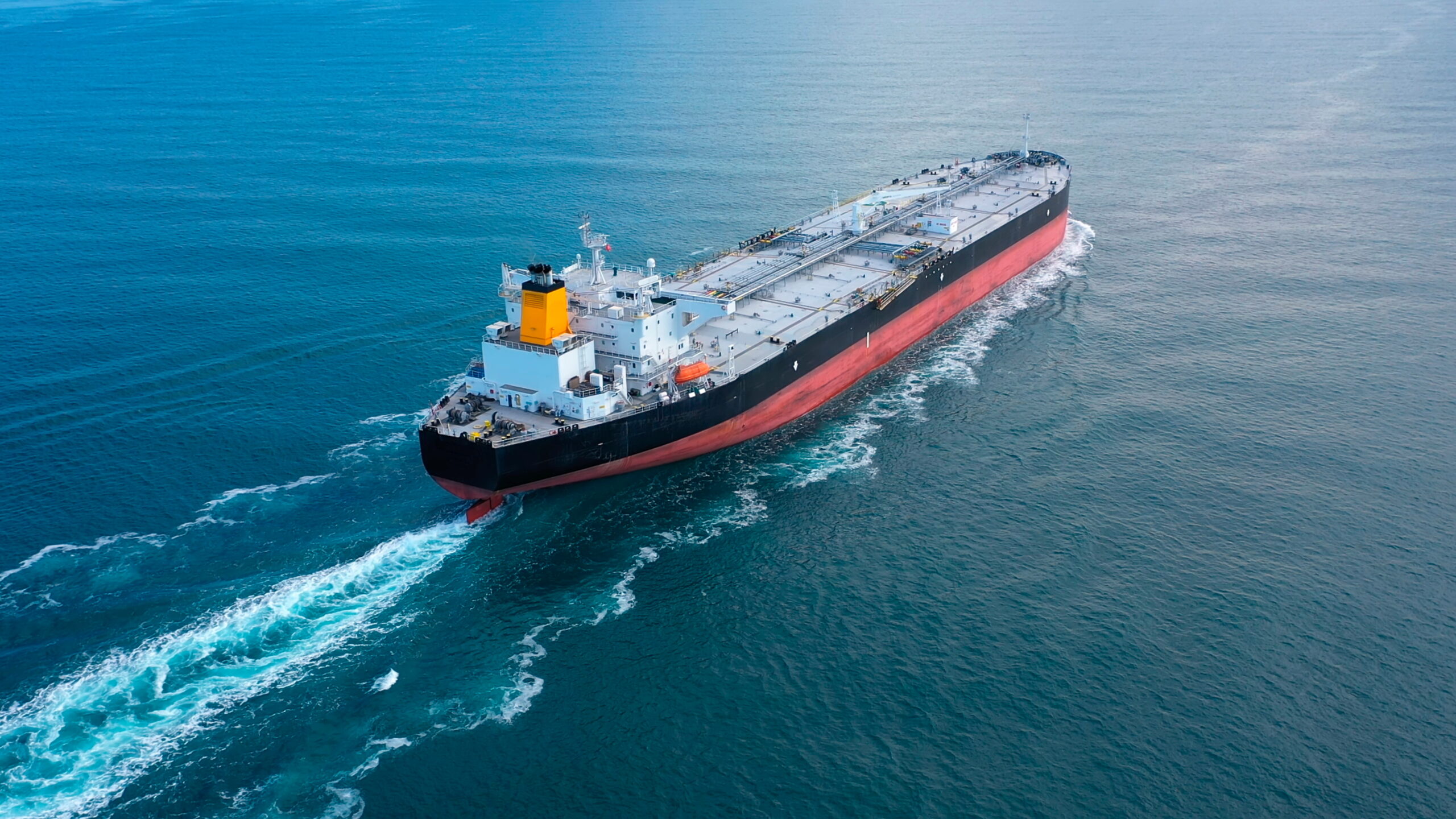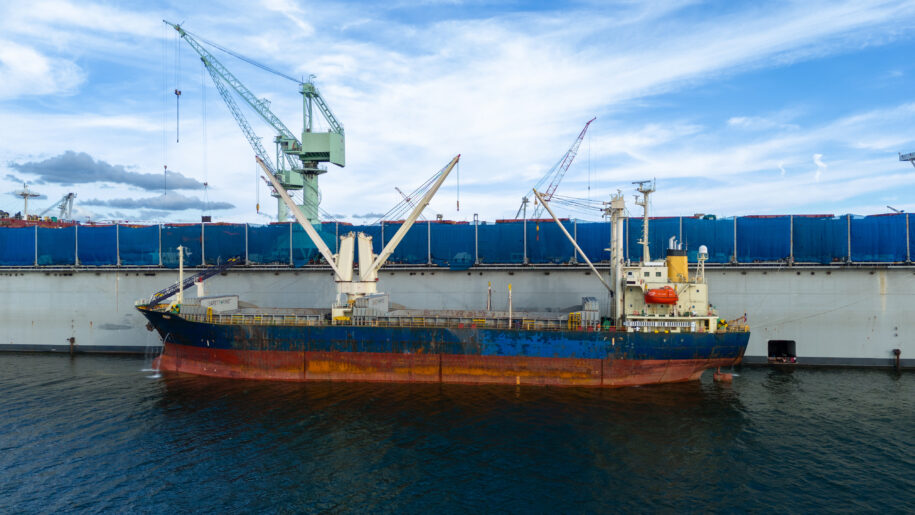The maritime industry, a cornerstone of global trade, is undergoing a transformative shift driven by technological advancements and a heightened focus on sustainability. Key trends such as autonomous vessels, blockchain integration, and green shipping technologies are at the forefront of this evolution. This article delves into these cutting-edge innovations, highlighting their potential to reshape the future of shipping.

Autonomous Vessels: Navigating the Future
Autonomous vessels, or unmanned ships, represent a significant leap in maritime innovation. Equipped with advanced sensors, artificial intelligence (AI), and machine learning algorithms, these ships can navigate and operate with minimal human intervention. The benefits are substantial:
- Enhanced Safety: By reducing the potential for human error, autonomous ships can decrease the likelihood of accidents at sea.
- Operational Efficiency: Automation can lead to optimized routing and fuel consumption, lowering operational costs.
- Environmental Impact: Precise navigation and speed optimization contribute to reduced emissions, aligning with global sustainability goals.
The International Maritime Organization (IMO) is actively developing regulatory frameworks to ensure the safe integration of autonomous vessels into existing maritime operations. As technology advances, the industry anticipates a gradual increase in the deployment of these vessels, ushering in a new era of maritime innovation.
Blockchain for Logistics: Revolutionizing Supply Chains
Blockchain technology is poised to revolutionize maritime logistics by introducing transparency, security, and efficiency into supply chain management. A decentralized digital ledger, blockchain allows for secure and immutable recording of transactions, offering several advantages:
- Transparency: All stakeholders have access to real-time data, enhancing trust and collaboration.
- Security: The immutable nature of blockchain records reduces the risk of fraud and cyber threats.
- Efficiency: Automating processes through smart contracts can streamline operations, reducing delays and administrative costs.
For instance, blockchain can facilitate efficient cargo tracking, ensuring real-time visibility of shipments and reducing the risk of loss or theft. Additionally, it can streamline customs procedures by providing verifiable and tamper-proof documentation, expediting clearance processes. As the maritime industry continues to embrace digital transformation, blockchain stands out as a pivotal component in enhancing operational efficiency and security.
Green Shipping Technologies: Steering Towards Sustainability
Environmental sustainability has become a pressing priority for the maritime industry, prompting the development and adoption of green shipping technologies. Key innovations include:
- Alternative Fuels: The exploration of low-carbon fuels such as liquefied natural gas (LNG), biofuels, hydrogen, and ammonia aims to reduce greenhouse gas emissions. These fuels offer cleaner combustion compared to traditional marine fuels, contributing to a lower environmental footprint.
- Energy-Efficient Designs: Advancements in hull design and propulsion systems enhance fuel efficiency. For example, air-cushion technology reduces friction between the ship and water, leading to significant reductions in fuel consumption and emissions.
KenCo Group - Renewable Energy Integration: Implementing technologies like wind-assisted propulsion and solar panels can supplement energy needs, further decreasing reliance on fossil fuels. Sky sails, large kites that harness wind power, have been employed to tow cargo ships, reducing engine load and fuel consumption.
KenCo Group
Regulatory measures are also driving the shift towards greener practices. The IMO has introduced the Energy Efficiency Existing Ship Index (EEXI) and Carbon Intensity Indicator (CII) to promote energy efficiency and reduce carbon emissions across the global fleet. These regulations incentivize the adoption of green technologies, steering the industry towards a more sustainable future.
Integration of Internet of Things (IoT) and Big Data
The convergence of IoT and big data analytics is another significant trend propelling maritime innovation. IoT devices, including connected sensors and advanced navigation systems, collect vast amounts of data on vessel performance, environmental conditions, and cargo status. Analyzing this data enables:
- Predictive Maintenance: Identifying potential equipment failures before they occur, reducing downtime and maintenance costs.
- Route Optimization: Adjusting sailing routes in real-time to account for weather conditions and sea traffic, enhancing safety and efficiency.
- Environmental Monitoring: Tracking air and water quality to ensure compliance with environmental regulations and minimize ecological impact.
The integration of IoT and big data facilitates informed decision-making, operational optimization, and improved resource management, reinforcing the industry’s commitment to efficiency and sustainability.
Challenges and Considerations
While these innovations offer promising prospects, the maritime industry faces challenges in their implementation:
- Regulatory Hurdles: Establishing international standards and regulations to govern new technologies requires global collaboration and consensus.
- Cybersecurity Risks: Increased digitalization elevates the risk of cyber threats, necessitating robust security measures to protect sensitive data and critical systems.
MDPI - Investment and Infrastructure: Significant capital investment is required to develop and deploy new technologies, along with the necessary infrastructure to support them.
- Skilled Workforce: The industry must invest in training and development to equip the workforce with the skills needed to operate and maintain advanced technologies.
Addressing these challenges is essential to fully realize the benefits of maritime innovation and ensure a seamless transition into the future of shipping.
Conclusion
The maritime industry’s embrace of innovation is steering it towards a future characterized by enhanced efficiency, safety, and sustainability. Autonomous vessels, blockchain technology, green shipping solutions, and the integration of IoT and big data are at the forefront of this transformation. By navigating the associated challenges and
